Year 6
The English curriculum is built around the three interrelated strands of language, literature and literacy. Teaching and learning programs should balance and integrate all three strands. Together, the strands focus on developing students' knowledge, understanding and skills in listening, reading, viewing, speaking, writing and creating. Learning in English builds on concepts, skills and processes developed in earlier years, and teachers will revisit and strengthen these as needed.
In Years 5 and 6, students communicate with peers and teachers from other classes and schools, community members, and individuals and groups, in a range of face-to-face and online/virtual environments.
Students engage with a variety of texts for enjoyment. They listen to, read, view, interpret and evaluate spoken, written and multimodal texts in which the primary purpose is aesthetic, as well as texts designed to inform and persuade. These include various types of media texts including newspapers, film and digital texts, junior and early adolescent novels, poetry, non-fiction and dramatic performances. Students develop their understanding of how texts, including media texts, are influenced by context, purpose and audience.
The range of literary texts for Foundation to Year 10 comprises Australian literature, including the oral narrative traditions of Aboriginal and Torres Strait Islander Peoples, as well as the contemporary literature of these two cultural groups, and classic and contemporary world literature, including texts from and about Asia.
Literary texts that support and extend students in Years 5 and 6 as independent readers describe complex sequences, a range of non-stereotypical characters and elaborated events including flashbacks and shifts in time. These texts explore themes of interpersonal relationships and ethical dilemmas within real-world and fantasy settings. Informative texts supply technical and content information about a wide range of topics of interest as well as topics being studied in other areas of the curriculum. Text structures include chapters, headings and subheadings, tables of contents, indexes and glossaries. Language features include complex sentences, unfamiliar technical vocabulary, figurative language, and information presented in various types of graphics.
Students create a range of imaginative, informative and persuasive types of texts such as narratives, procedures, performances, reports, reviews, explanations and discussions.
(source: www.australiancurriculum.edu.au)
Achievement Standard
Receptive modes (listening, reading and viewing)
By the end of Year 6, students understand how the use of text structures can achieve particular effects. They analyse and explain how language features, images and vocabulary are used by different authors to represent ideas, characters and events.
Students compare and analyse information in different and complex texts, explaining literal and implied meaning. They select and use evidence from a text to explain their response to it. They listen to discussions, clarifying content and challenging others' ideas.
Productive modes (speaking, writing and creating)
Students understand how language features and language patterns can be used for emphasis. They show how specific details can be used to support a point of view. They explain how their choices of language features and images are used.
Students create detailed texts elaborating on key ideas for a range of purposes and audiences. They make presentations and contribute actively to class and group discussions, using a variety of strategies for effect. They demonstrate an understanding of grammar, and make considered vocabulary choices to enhance cohesion and structure in their writing. They use accurate spelling and punctuation for clarity and make and explain editorial choices based on criteria.
(source: www.australiancurriculum.edu.au)
- Plus Plan
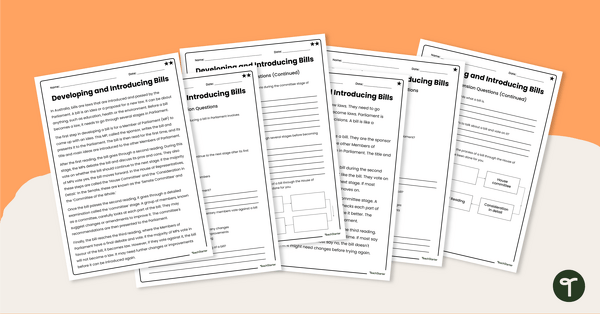
Developing and Introducing Bills – Comprehension Worksheets
Explore how bills are introduced and developed through the parliamentary process with this differentiated reading comprehension activity.
- Plus Plan
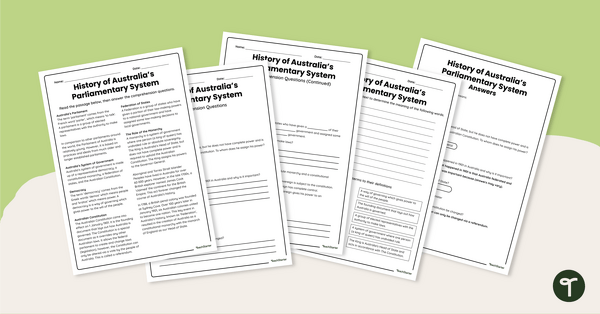
The History of Australia's Parliamentary System - Comprehension Worksheets
Explore the ins and outs of Australia’s parliamentary history with this reading comprehension activity.
- Plus Plan
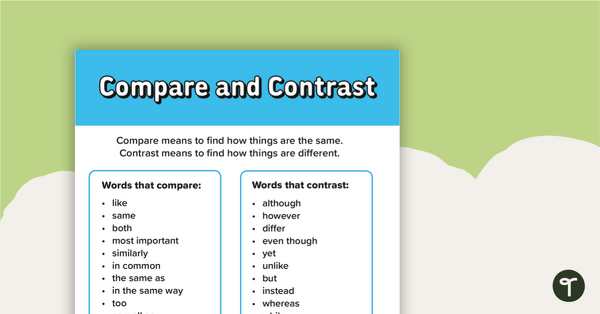
Compare and Contrast Poster
A poster highlighting how to compare and contrast when reading a piece of text.
- Plus Plan
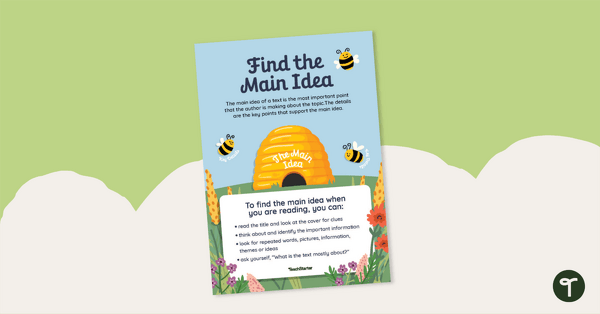
Finding the Main Idea Poster
A poster highlighting how to find the main idea when reading a piece of text.
- Plus Plan
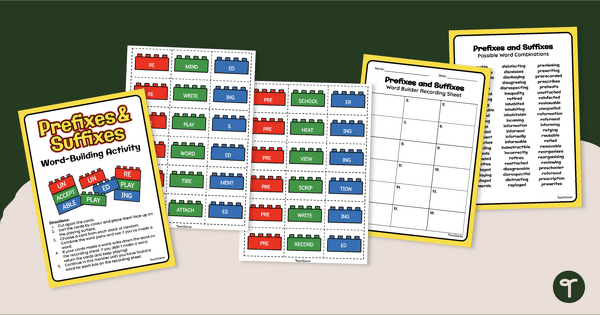
Word Building Bricks - Prefixes, Suffixes, and Roots Activity
Build, read and write multi-syllable words using prefixes, suffixes, and base words with a fun word-building literacy activity.
- Free Plan
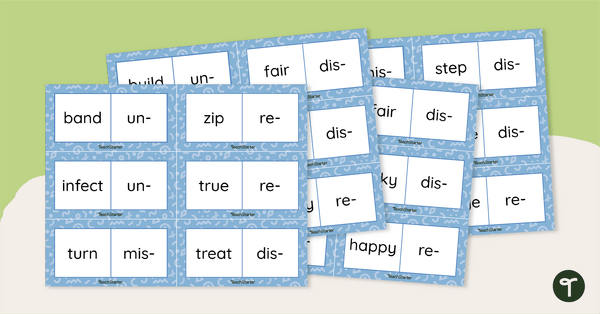
Common Prefixes - Domino Game
Identify new words that include common prefixes with 28 prefixes and root word dominoes.
- Plus Plan
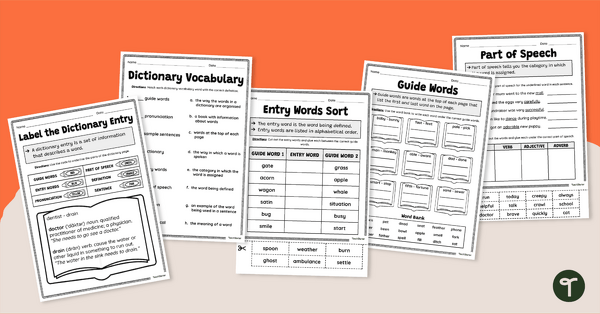
Dictionary Skills Worksheet Pack
Consolidate your students’ knowledge of dictionary skills with this complete worksheet pack!
- Plus Plan
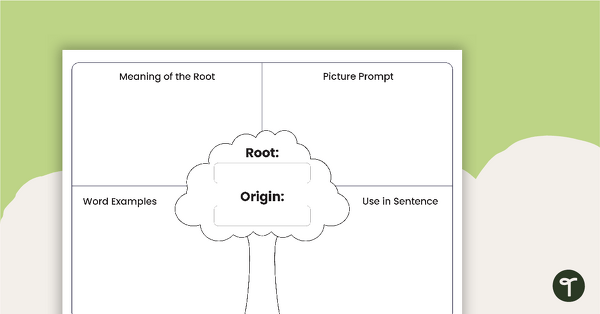
Roots Graphic Organiser Template
Use this graphic organiser to explore roots and their origins.
- Plus Plan
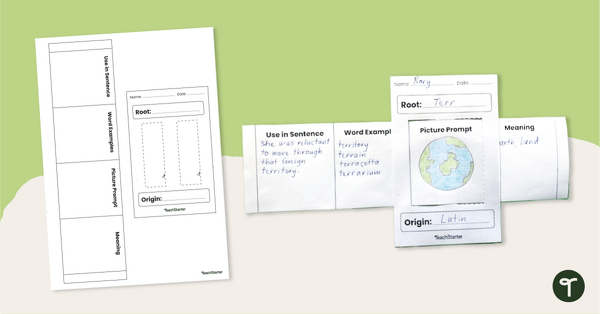
Roots Window Graphic Organiser
Organise ideas about roots and their origins with this graphic organiser.
- Plus Plan
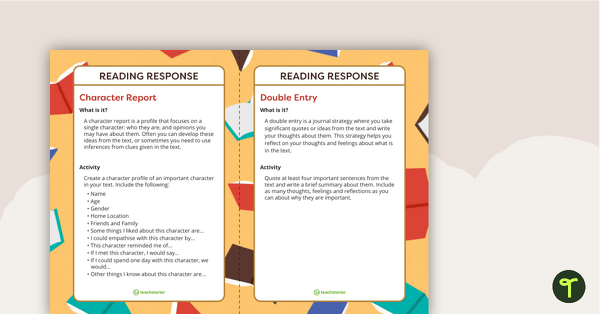
Reading Response Journal Task Cards
9 reading comprehension task cards focusing on a different skill.
- Free Plan
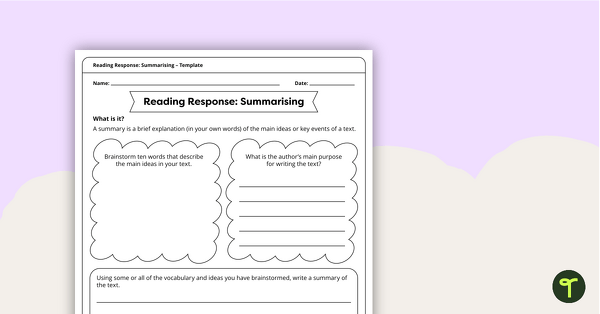
Reading Response Summarising – Template
A comprehension template for students to practise summarising.
- Free Plan
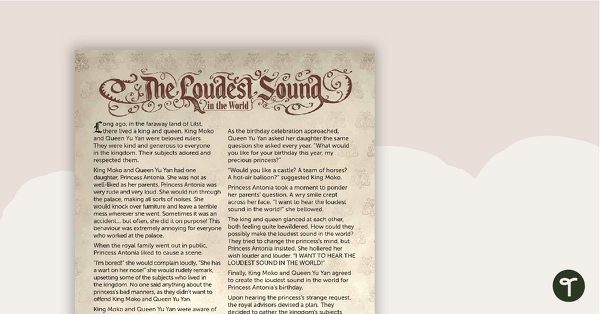
The Loudest Sound in the World – Comprehension Worksheet
A comprehension worksheet for a narrative about a princess who demands to hear the loudest sound in the world.
- Free Plan
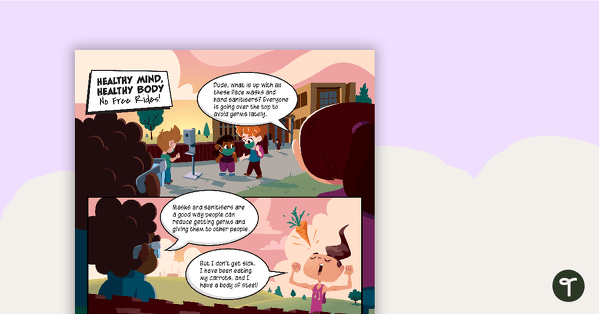
Healthy Mind, Healthy Body: No Free Rides! – Worksheet
A comprehension worksheet for a comic from the Year 5 magazine (Issue 3).
- Plus Plan
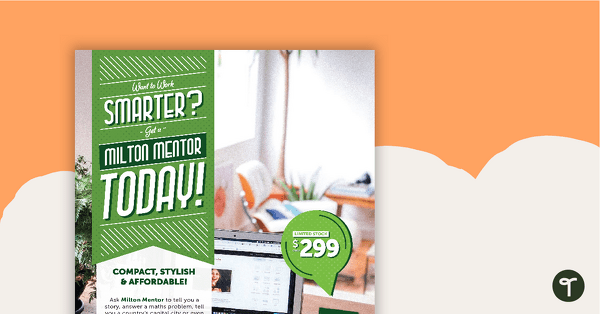
Advertisement Worksheet – Milton Mentor
A comprehension worksheet for a persuasive magazine advertisement about a digital personal assistant.
- Plus Plan
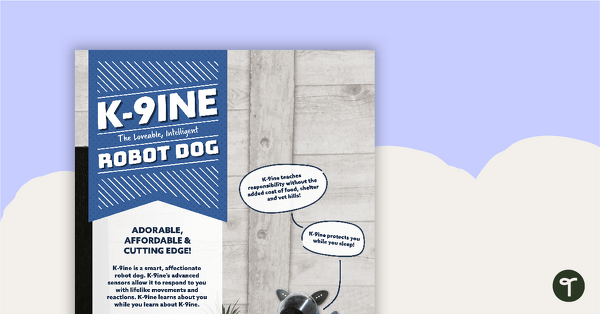
Advertisement Worksheet – K-9ine the Robot Dog
A comprehension worksheet for a persuasive magazine advertisement about a robotic dog.
- Plus Plan
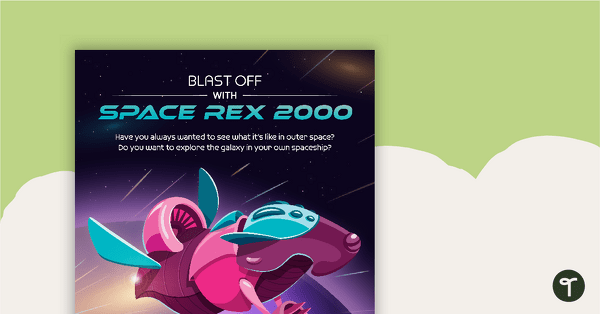
Blast Off with Space Rex 2000 – Worksheet
A comprehension worksheet for a fake advertisement from the Year 5 magazine (Issue 2).
- Plus Plan
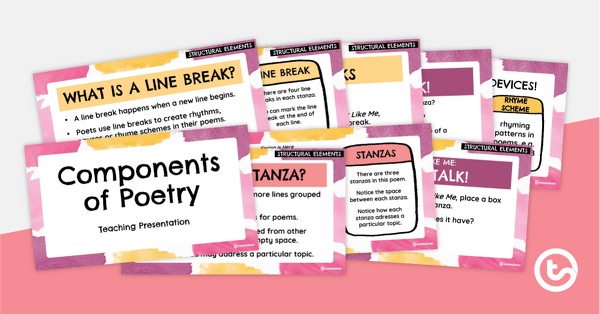
Components of Poetry PowerPoint
An editable PowerPoint to use when teaching the essential components of poetry.
- Plus Plan
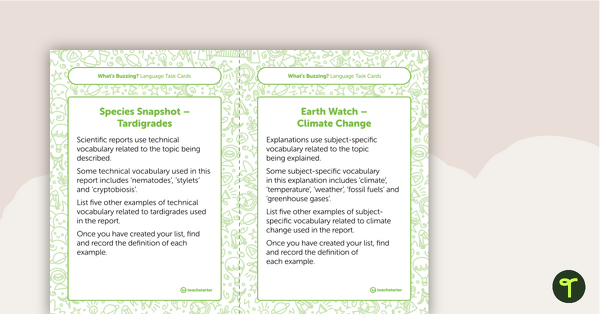
Year 6 Magazine - "What's Buzzing?" (Issue 1) Task Cards
A set of five literacy rotation task cards to be used in conjunction with Issue 1 of Teach Starter's Year 6 magazine.
- Plus Plan
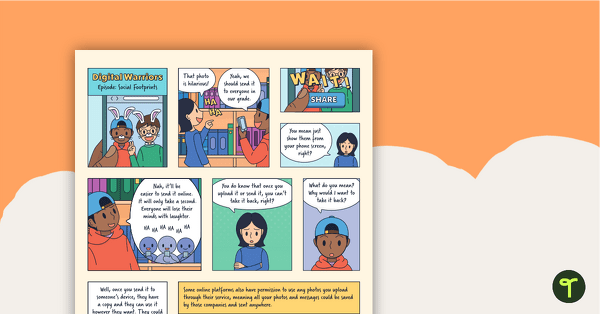
Digital Warriors: Social Footprints – Comprehension Worksheet
A comprehension worksheet for a comic about being safe when sharing photos on digital platforms.
- Plus Plan
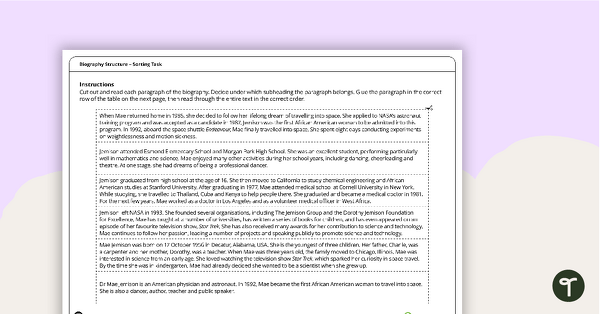
Dr Mae Jemison – Biography Structure Sorting Task
A sorting task to help students learn about the structure of a biography.
- Plus Plan
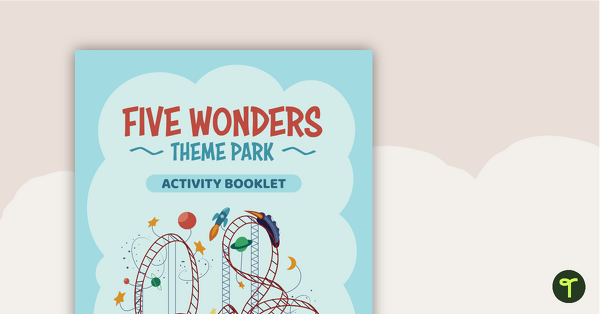
Five Wonders Theme Park: Fresh Start – Project
A project for students to use their literacy skills and creativity to rebrand Five Wonders Theme Park.
- Plus Plan
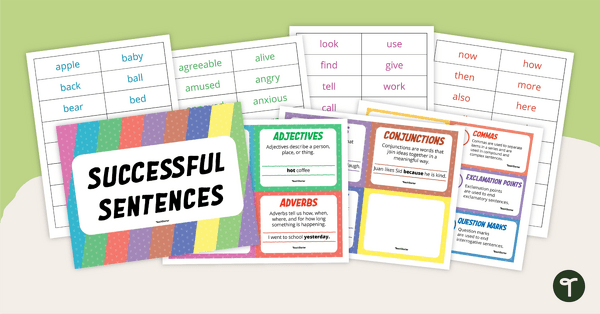
Successful Sentences – Sentence Construction Cards
Word cards for constructing complex sentences.
- Plus Plan
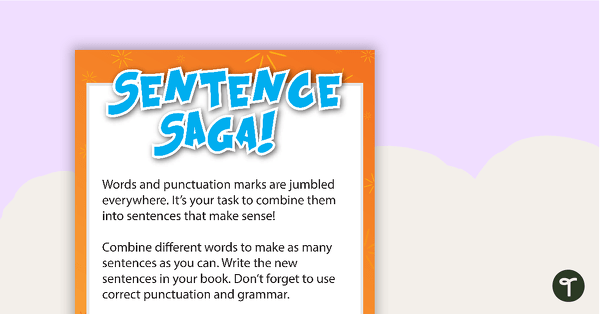
Sentence Saga Literacy Activity (Silly Sentences)
Words and punctuation marks are jumbled everywhere. It’s your task to combine them into sentences that make sense!
- Plus Plan
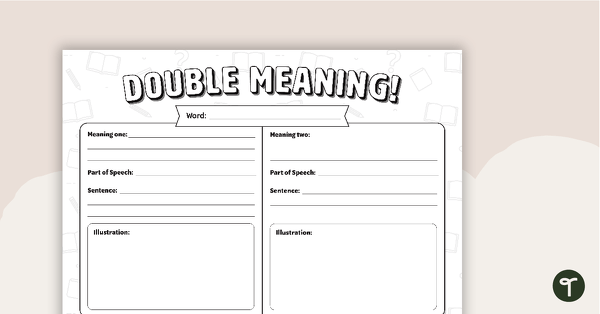
Double Meaning Vocabulary Worksheet
A worksheet to use in the classroom when identifying homonyms.
- Plus Plan
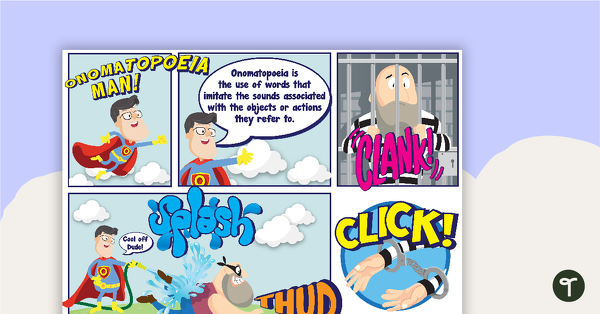
Onomatopoeia Man Poster
A poster providing a definition and examples of onomatopoeia.
- Plus Plan
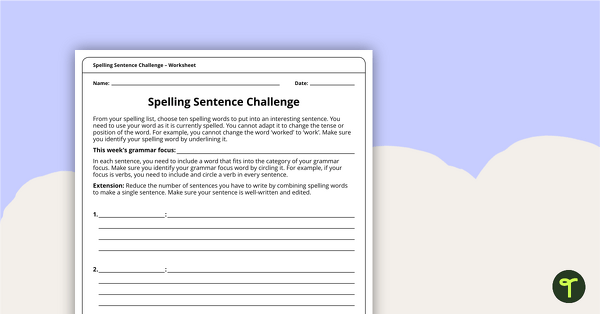
Spelling Sentence Challenge Worksheet
A teaching resource to help consolidate their current spelling program and grammar use.
- Plus Plan
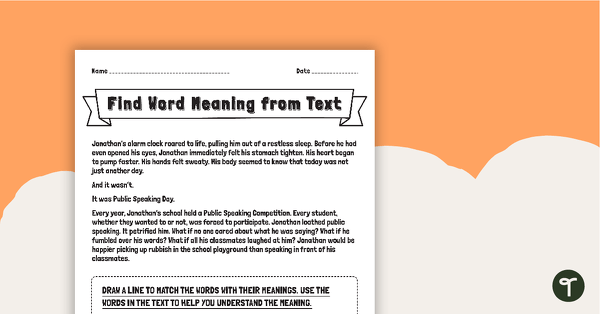
Finding Word Meaning In Context - Text And Word Meaning Worksheet
A teaching resource to help teach your students how to find word meaning in context.
- Plus Plan
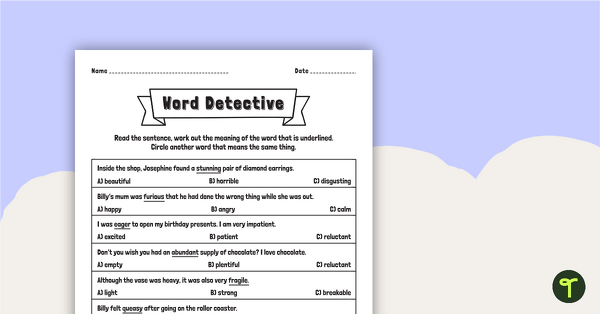
Finding Word Meaning In Context - Word Detective Worksheet
A teaching resource to help teach your students how to find word meaning in context.
- Plus Plan
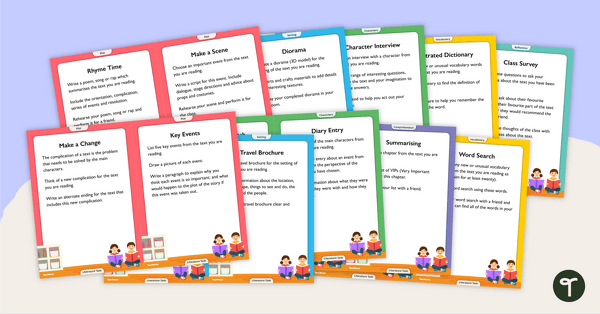
Literature Task Cards
A set of 30 literature tasks to assist your students with examining and responding to literature.
- Plus Plan

60 Comprehension Strategy Task Cards
A 144 page comprehension resource pack to help students apply comprehension strategies when reading.
- Plus Plan
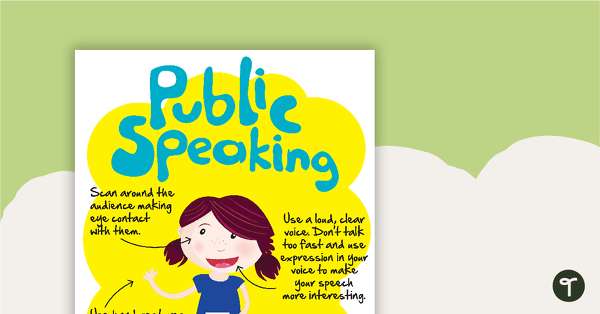
Public Speaking Poster
A poster giving tips on how to deliver an effective speech.
- Plus Plan
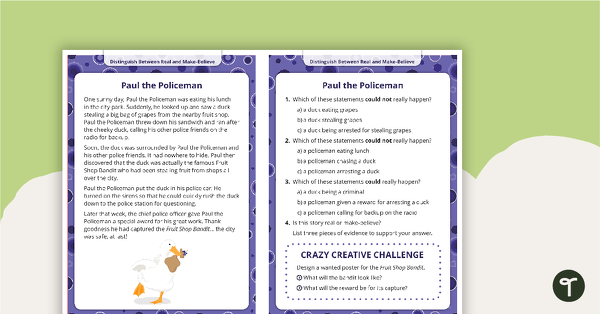
Comprehension Task Cards - Distinguishing Between Real And Make-Believe
A set of comprehension task cards to help students distinguish between real and make-believe when reading.